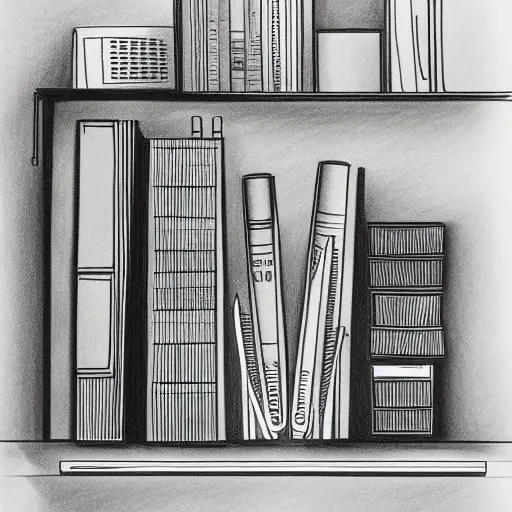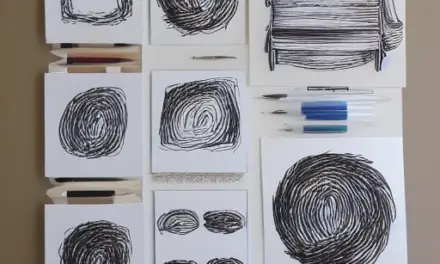One of the best ways to organize files in the office is to use a file cabinet. If you haven’t already, you should start by creating a template for the folders you will need to store your documents in. You may want to use a color-coding system or shorten folder names to help you differentiate different categories. If possible, store related documents together so you can find them faster. In addition, separate completed work from ongoing work by using different folder labels.
File cabinet is best way to organize files in office
Filing cabinets are an ideal solution for storing files. They can be used to store important documents, such as invoices and tax returns, in a logical, systematic manner. File cabinets should also make it easy to find the files you need quickly. In order to achieve this goal, you need to develop a system for filing documents that will be easy to understand.
The first step is to sort your files into different categories. Some examples of categories are legal documents, tax deductions, expense reports, payment receipts, donation receipts, auto loan paperwork, client paperwork, invoices, and more. In addition to keeping these files organized, you should also separate papers into different categories to facilitate shredding and recycling. Keeping important documents separate from non-important papers will also reduce the likelihood of accidentally losing them.
Filing is a productive activity that you can schedule for yourself. You can file at the start of your day or during your break. You can even file during your lunch break. Filing can help you stretch your legs and clear your mind. In addition, it can lower your stress levels and give you a place to safely store important documents.
When choosing a file cabinet, consider how often you access your files. It’s important that you have easy access to the files that you use most often. The rest of your files, on the other hand, may need to be kept in a safe, longer storage location. Also, keep in mind accessibility, especially for employees with disabilities. A tall cabinet may be hard for them to reach.
Another effective way to organize your office files is to reduce the number of files you have. It can be difficult to decide which files are most important and which ones you can discard. One good way to decide which files are not necessary is by separating them by age. A recurring meeting can be set up to go through files and determine which are no longer necessary.
Don’t procrastinate with filing
If you procrastinate with filing in the office, you can help yourself by setting up a more efficient filing system. Instead of trying to come up with the perfect system, try delegating the task to another person or settling for a less-than-perfect one. If you spend too much time trying to make your filing system perfect, you’ll only procrastinate with the task.
Moreover, it’s important to set a deadline for completing tasks and avoid procrastination by dividing them into manageable steps. Make a to-do list with due dates next to each item. This way, you’ll be able to complete each item in a set time and not procrastinate with the task.
Avoid spaces and special characters
In the office, naming folders with spaces can make them appear duplicated. While spaces make file names more readable for people with poor vision and dyslexics, not all operating systems recognize them. This can lead to problems with finding files and folders, and even corrupted files. For this reason, most business folder structure templates recommend using underscores or dashes instead of spaces.
Create a folder template
It is easier to locate files when you use a folder template. A folder template enforces consistency and makes it easier to find files by using search. To create a folder template, start by creating a sample folder structure. Then, you can copy and paste it in the Finder or File Explorer when creating a new client or project folder. You can also use a Mac keyboard app called Keyboard Maestro or Alfred to do this.
Once you have the template, use it to organize files. If you have a large file, make a top-level folder. This will help you find it in a hurry. This folder will be labeled by its category. You can change its name depending on the files you have.
Folder templates can be extremely useful in organizing your files. They make file organization easier for your team. The folders automatically follow a certain structure. You can create templates for folders that you use frequently. You can also automate the process by using Zap. Once you create a folder template, you can simply copy and paste it into new folders to save time.
To create a folder template, you must know where it is on your computer. Windows users can access it by clicking on Start => Find… => Files and Folders. Mac users can use finder to find it. Once you have your template in the folder, open it by selecting the template. It will look like a regular document in the title bar.
Avoid piles of paper on your desk
Avoid piles of paper on your desk by using proper filing methods. The first step in organizing your paperwork is to separate personal files from business files. Personal documents should never leave your office, and you should file them away separately from business documents. You can also use cloud storage options to store important files online.
A pile of paper can be stressful and can also affect your productivity. It can also make you miss deadlines and cause you to lose important documents. Moreover, a pile of paper can cause a bad impression on visitors. Luckily, there are many ways to keep your office clutter-free, without spending a lot of money.
Try using a timer to help you keep track of how long it takes you to sort through a pile. This will save you valuable time later. If you’re unable to finish a pile, try moving the piles one by one. For example, move the top stack to a table or counter while keeping the bottom stack on your desk.
Using a recycle bin or trash can next to your desk will help keep the clutter away. You can also store pens, pencils, and paper clips in small containers on your desk. Keeping your desk free of clutter will help you focus. You can also use a combination of manilla and hanging file folders to organize your files. The standard green hanging folders from Staples are a good choice. Although they’re not attractive, they’re effective at keeping your files in order.
The first step to organizing files on your desk is to sort through your piles. If you have a large pile of papers, make them into categories. Sorting through them will help you make decisions about each one. Make decisions for each paper and don’t let your pile get too large.










